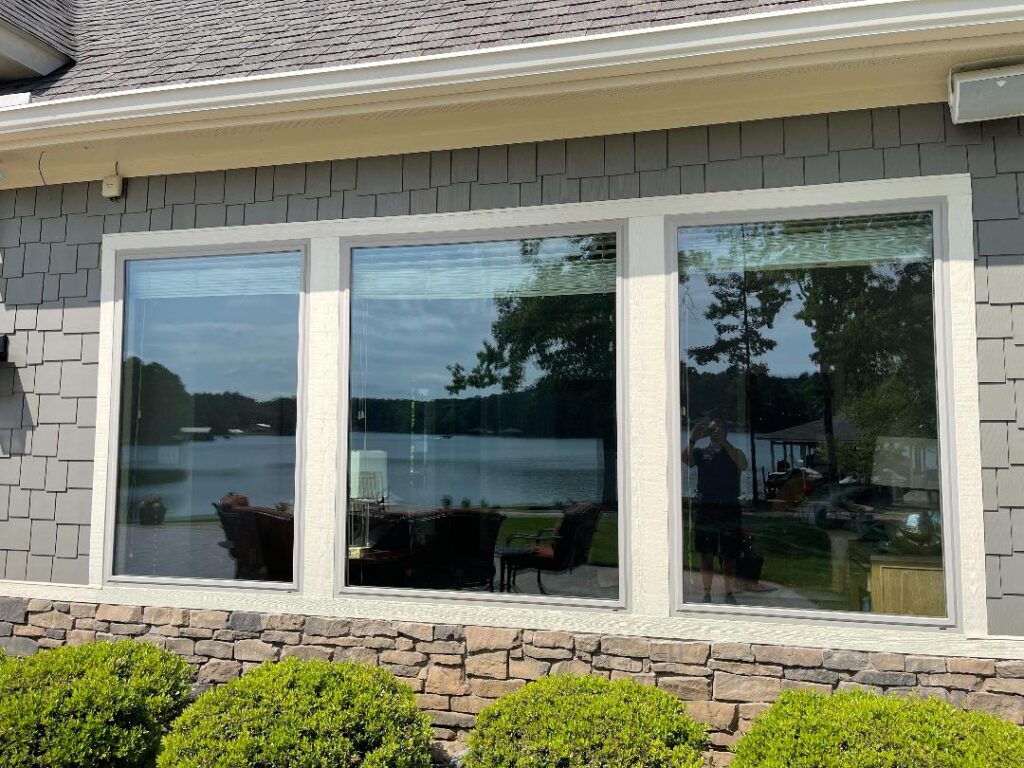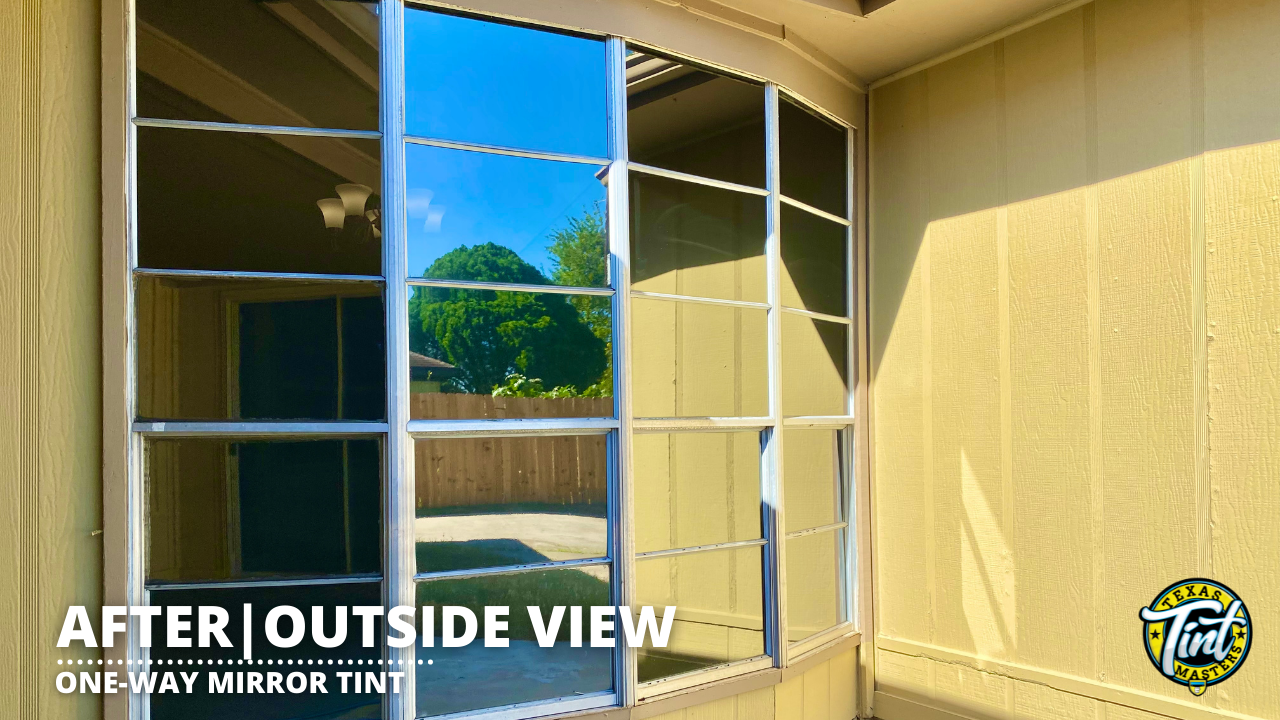Residential Window Tint: The Eco-Friendly Remedy for Your Home
Residential Window Tint: The Eco-Friendly Remedy for Your Home
Blog Article
Just How Residential Window Tinting Enhances Your Home's Power Effectiveness
Residential home window tinting provides an engaging remedy for home owners looking for to improve energy effectiveness within their living spaces. By applying specialized movies to windows, it properly decreases warm transfer, consequently stabilizing interior temperatures and decreasing the need for too much heating or cooling.
Understanding Home Window Tinting
Comprehending window tinting is vital for home owners seeking to enhance both convenience and energy efficiency in their home. Residential Window Tint. Window tinting includes the application of a thin movie to the interior or exterior surface area of glass home windows. This movie can considerably regulate the quantity of sunshine and warm that goes into a home, hence influencing indoor environment conditions
There are different kinds of home window tinting movies available, each with unique residential or commercial properties. The efficiency of home window tinting is typically measured by its Visible Light Transmission (VLT) percent, which indicates just how much light can pass through the movie.
Advantages of Power Performance
Window tinting not only enhances aesthetic appeals however likewise plays a considerable role in improving power performance within property areas. By lowering warm transfer via home windows, colored films create a more secure indoor climate, which can cause significant decreases in energy intake for home heating and air conditioning. This energy effectiveness converts into lower energy costs, offering house owners with significant long-lasting savings.

In addition, window tinting boosts the comfort of living spaces. By decreasing glow and obstructing dangerous UV rays, tinted home windows produce an even more enjoyable environment, which can cause boosted wellness for occupants. The protection against UV rays also aids maintain furniture and flooring from fading, adding to the longevity of house things.
How Tinting Works
Tinting movies run with a combination of sophisticated products and innovations created to control the quantity of solar power entering a home. Mostly made up of polyester, these movies frequently incorporate ceramic or metal particles that reflect and soak up warmth. This twin capacity allows them to dramatically minimize the penetration of ultraviolet (UV) rays and infrared radiation while allowing noticeable light to travel through.
The efficiency of window tinting is measured by its solar heat gain coefficient (SHGC), which indicates just how much solar power is sent with the home window. Reduced SHGC worths are more effective as they represent better heat rejection. Furthermore, window tints can feature a range of tones, enabling home owners to tailor their visual preferences while boosting power efficiency.
Furthermore, these films serve as an obstacle, avoiding heat wikipedia reference loss throughout chillier months by reflecting interior warmth back into the living room. This thermal insulation result complements the air conditioning advantages gotten throughout warmer months, adding to a well balanced interior environment year-round. By managing solar power successfully, property home window tinting not only enhances convenience but likewise plays a crucial role in decreasing energy usage and lowering utility expenses.
Choosing the Right Tint

There are different kinds of window films available, including dyed, metalized, and ceramic. Ceramic movies provide excellent warmth control without endangering visibility and are very resilient, making them a popular option.
Visible light transmission (VLT) is another important element, as it suggests the quantity of natural light that can my site go through the tinted glass. Home owners need to select a tint with a VLT that matches their illumination choices while still giving ample glow decrease.
Additionally, evaluating the solar warmth gain coefficient (SHGC) can aid establish just how well a color can block heat from sunlight. A reduced SHGC suggests much better warmth control, eventually boosting power efficiency.
Installment and Upkeep Tips
Correct installation and maintenance are important parts in taking full advantage of the advantages of property home window tinting. Experts likewise use specialized strategies and tools, which can boost the sturdiness and effectiveness of the color.
Following setup, maintenance is vital to lengthen the life of the home window movie. It is suggested to wait at the very least 30 days prior to cleaning the tinted home windows to allow the glue to cure fully.
Attending to these problems without delay can protect against more damages and keep power performance. By adhering to these installation and maintenance pointers, house owners can ensure their window tinting continues to give substantial power savings and comfort for years to come.
Conclusion
In final thought, residential window tinting functions as an effective remedy for boosting power performance within homes. By lowering warmth transfer and obstructing unsafe UV rays, window films add to reduce energy intake and boosted indoor convenience. The option of suitable tinting products, together with proper setup and upkeep, even more takes full advantage of these benefits. Inevitably, home window tinting represents a sustainable investment that not just decreases energy costs yet likewise promotes a comfortable living setting throughout the year.
Home window tinting includes the application of a thin film to the interior or outside surface of glass windows. By reducing warmth transfer via windows, colored films create a much more stable interior environment, which can lead to substantial decreases my explanation in energy consumption for home heating and cooling.The effectiveness of home window tinting is gauged by its solar heat gain coefficient (SHGC), which suggests how much solar energy is sent with the window. By taking care of solar power efficiently, household home window tinting not only improves convenience but also plays a vital duty in minimizing power consumption and lowering energy expenses.
By lowering warm transfer and blocking damaging UV rays, home window films add to reduce power consumption and enhanced indoor convenience.
Report this page